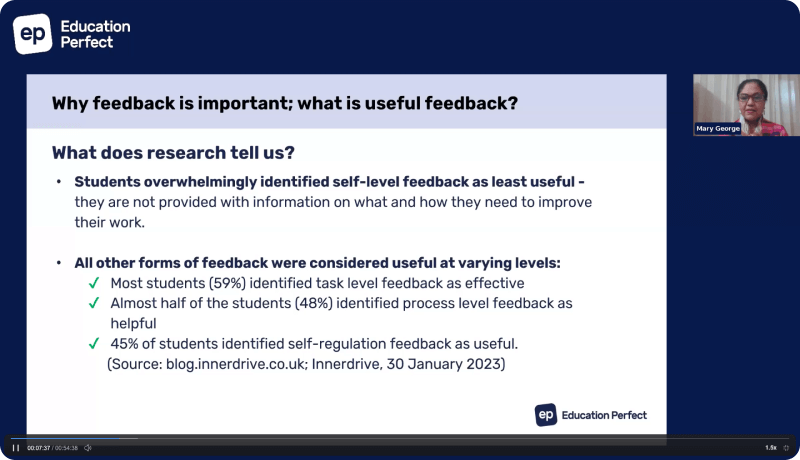Three Steps to Whole School Reading Progress
How to Facilitate Effective Reading Programs in Secondary Schools
For most of us, reading is a relatively simple concept. In fact, up until recently, most educators involved in secondary schools wouldn’t have spent too much time worrying about whether or not their incumbent students have basic reading skills. Unfortunately, times have changed.
We are now beginning to understand just how complex and diverse student needs can be when it comes to reading proficiency. In order to develop effective school reading programs in secondary schools, it is vital to conduct a thorough inquiry to understand who you are dealing with.
Step 1 – Assign accurate Reading Profiles
In 2019 the Victoria State Government released a beautifully intuitive document which unpacks the variety of causes for literacy challenges faced by students. Citing the Simple View of Reading (Gough and Turner 1986) the guide suggests classifying students according to four reading profiles:
Profile A – Adequate word decoding and adequate oral language comprehension
Profile B – Poor word decoding but adequate oral language comprehension
Profile C – Adequate word decoding but poor oral language comprehension
Profile D – Poor word decoding and poor oral language comprehension
Understanding readers and classifying them in this way takes into account the symbiosis between oral and written language and will help design more effective reading programs.
Students with word decoding challenges will generally find reading tiresome and reading aloud will be slow and cumbersome. Their writing will lack fluency and structure and there will be a high degree of error frequency.
Students who have challenges with oral language may appear to lack attention or to be not listening when they are being spoken to. One of the most common challenges for teachers who are dealing with students challenged by oral comprehension is the appearance that they are non compliant and won’t follow simple instructions. Students like this struggle with making inferences and noticing subtle cues in spoken communication.
Understanding how these literacy challenges are manifesting into specific behaviours is vital in solving many consequential problems which school administration may not always realise stem from basic literacy challenges. Without conducting a thorough inquiry to discern each students’ reading profile, these issues can exacerbate and impair academic development overall.
Step 2 – Understanding Why
Classifying student readers and adopting differentiated methodologies to support reading in secondary levels is one thing but then effectively implementing them is another. At these age groups, students who have reading challenges have likely developed negative self-talk regarding their ability backed up by years of repeated failure in classroom tasks and tests.
The catalyst to implementing strategies that work is to ensure reading tuition and support is personalised. This means understanding the student and building a positive relationship around reading with respect to the determining factors which have hindered their progress.
There are a lot of factors which impact reading development and each requires a specific response. Common challenges include: sensory impairment(S), speech sound problems, social-emotional issues, absenteeism, poverty, hyperlexia, dyslexia, disrupted learning and English not being a first language. Based on this limited list alone it is obvious that a one size fits all approach to literacy development simply will not work.
Step 3 – Professional Development and Community Support
Once teachers are working collaboratively within a robust system that identifies student reading profiles they can become more receptive to the precise reading needs of their students and develop effective strategies. However, not all teachers will feel confident and comfortable with the most up to date and scientifically backed methodologies. This is where school administrators, principals and the community comes in. Ensuring there is rigorous professional development support available to all teachers which provides instruction on how to teach phonemic awareness, oral competency and phonics (in the context of secondary curricula) will be integral to whole school reading progress.
Bolstering this with a continuous celebration of reading by inviting the community into school will certainly help. Hosting book swaps, reading groups to talk about what is being read at home and collaborative workshops with teachers around how to choose relevant texts and themes will create a normalcy around reading and help maintain continuous development of independent reading skills.
Ultimately, like so many other aspects of student development, building self confidence is key. We must work together to break down the shame that students transitioning into secondary are feeling about their reading ability and face the issues head on. Principals are in a great position to take the lead here and rally their faculties around the importance of working in a school united to support literacy development.
What will your school’s literacy story be?




